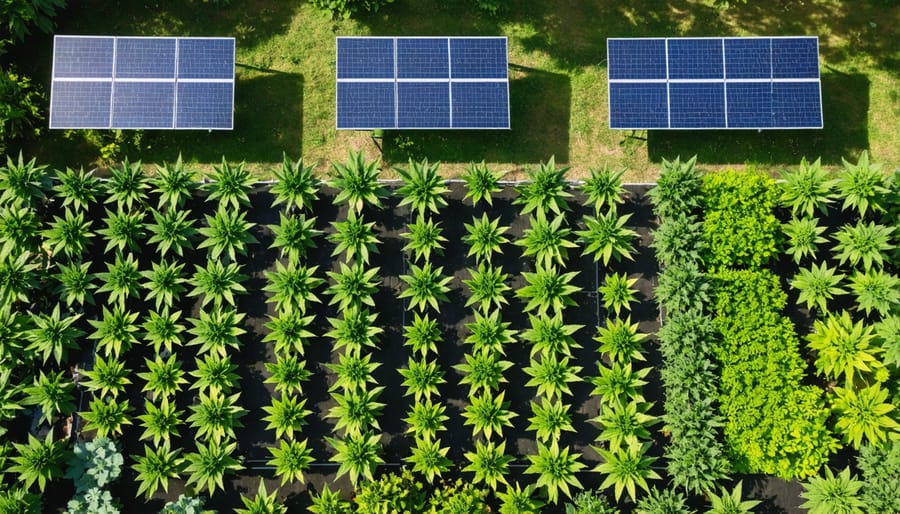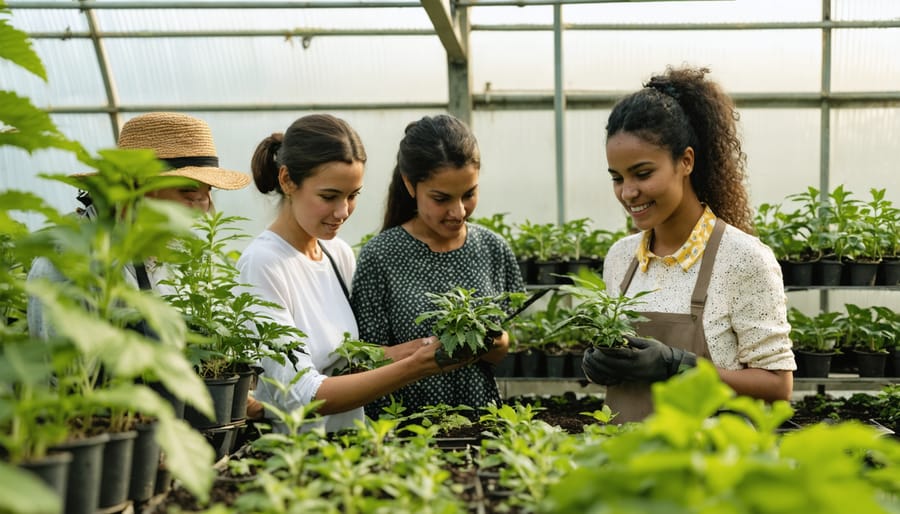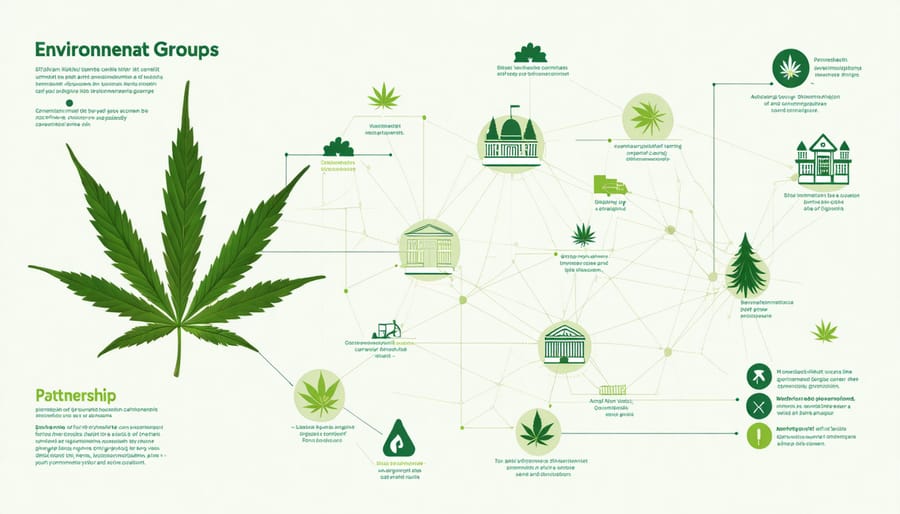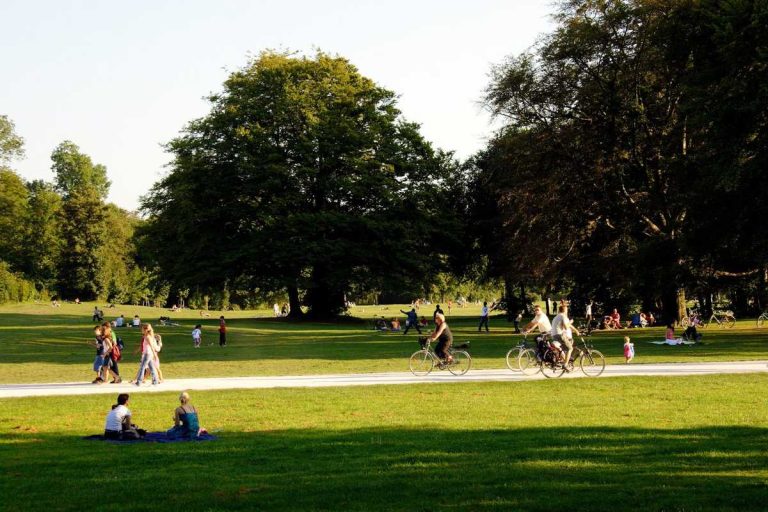As cannabis communities evolve, Delta 8 carts and other products create opportunities for pioneering sustainable community initiatives that transform neighborhoods while protecting our environment. Forward-thinking cannabis businesses across North America are already leading the charge, implementing solar-powered cultivation facilities, establishing recycling programs for packaging materials, and creating job training partnerships that prioritize local hiring. These grassroots efforts demonstrate how the cannabis industry can serve as a catalyst for positive change, bridging economic development with environmental stewardship.
By integrating sustainable practices into every aspect of operations – from energy-efficient lighting systems to water reclamation projects – cannabis businesses are proving that profitability and environmental responsibility can coexist. Community gardens, educational workshops, and collaborative partnerships between dispensaries and local environmental organizations are creating blueprints for sustainable development that other industries can follow. This holistic approach not only reduces the environmental impact of cannabis operations but also builds stronger, more resilient communities through shared commitment to sustainability.
Eco-Friendly Cannabis Cultivation Programs
Community Gardens and Education Centers
Community gardens have emerged as powerful catalysts for sustainable cannabis cultivation, fostering education and community engagement across Canada. The Green Thumb Initiative in Vancouver showcases how environmental education programs can transform unused urban spaces into thriving cannabis learning centers.
These gardens serve as living laboratories where community members learn about organic growing methods, water conservation, and sustainable pest management. The Success Garden in Toronto, for example, implements innovative composting systems and rainwater harvesting, reducing water usage by 60% while producing high-quality cannabis for medical patients.
In Montreal, the Cannabis Community Co-op maintains a demonstration garden where seasoned growers mentor newcomers in regenerative farming practices. Their soil-building workshops and seed-sharing programs have helped create a network of knowledgeable cultivators committed to environmental stewardship.
The Indigenous Heritage Garden in British Columbia combines traditional ecological knowledge with modern sustainable practices, offering workshops on companion planting and natural pest control methods. This collaborative approach has helped preserve cultural growing techniques while advancing sustainable cannabis cultivation.
These initiatives demonstrate how community gardens can serve as hubs for learning, sharing, and building a more sustainable cannabis industry. By emphasizing hands-on education and community involvement, these spaces create lasting positive impact while fostering environmental responsibility.

Resource Conservation Initiatives
Resource conservation in cannabis communities has become a shining example of sustainability in action. Across Canada, local initiatives are transforming how we think about environmental stewardship in the cannabis sector, with remarkable results that benefit both the environment and community members.
Water conservation programs are leading the charge, with many communities implementing innovative irrigation systems and water recycling programs. For instance, the Vancouver Island Cannabis Collective reduced their water consumption by 40% through rainwater harvesting and drip irrigation systems, showing how simple solutions can have significant impacts.
Renewable energy initiatives are equally impressive. Several communities have partnered with local energy providers to install solar panels on cultivation facilities, reducing their carbon footprint while cutting operational costs. The Durham Region Cannabis Cooperative now powers 60% of their operations through solar energy, demonstrating the viability of green energy solutions.
Waste reduction programs have also gained momentum, with communities implementing comprehensive recycling and composting systems. The Montreal Cannabis Alliance’s “Zero Waste Challenge” has successfully diverted 85% of cannabis packaging waste from landfills through their innovative collection and recycling program.
These initiatives aren’t just environmental wins – they’re creating jobs, reducing costs, and building stronger, more resilient communities. By sharing resources and knowledge, cannabis communities are proving that sustainability isn’t just good for the planet – it’s good for everyone.
Social Impact Through Cannabis Sustainability

Job Creation and Skills Training
Sustainable cannabis programs are emerging as powerful catalysts for local employment and skill development across Canada. These initiatives are creating meaningful career pathways while fostering economic growth in communities that have historically faced barriers to employment.
Take the example of Green Futures Initiative in Vancouver, where a partnership between local dispensaries and community colleges has created a comprehensive training program. Participants learn everything from sustainable cultivation practices to retail management, while gaining hands-on experience in environmentally conscious operations.
The impact extends beyond direct cannabis industry jobs. Supporting industries like sustainable packaging design, eco-friendly transportation, and organic waste management are creating diverse employment opportunities. In Ontario, several Indigenous communities have launched successful training programs that combine traditional agricultural knowledge with modern sustainable cannabis practices, creating jobs while preserving cultural heritage.
Community colleges and technical institutes are responding to this growing sector by developing specialized curriculum. These programs focus on sustainable agriculture, quality control, and business management, ensuring graduates are well-prepared for the evolving cannabis industry. Many programs include mentorship components, connecting students with experienced professionals in the field.
Small-scale cultivators are particularly benefiting from these initiatives. Through skills-sharing programs and cooperative models, experienced growers are teaching newcomers about organic farming methods, water conservation, and renewable energy integration. This knowledge transfer is creating a new generation of environmentally conscious cannabis entrepreneurs.
The ripple effect of these programs extends to community development, with many graduates going on to start their own sustainable businesses or leading community improvement projects. This creates a positive cycle of economic growth and environmental stewardship, demonstrating how sustainable cannabis initiatives can be powerful drivers of community development and career advancement.
Community Reinvestment Programs
Cannabis tax revenue is emerging as a powerful catalyst for positive environmental change across Canadian communities. Through thoughtfully designed community development initiatives, municipalities are channeling these funds into impactful local sustainability projects that benefit both residents and the environment.
In British Columbia, for example, several communities have established grant programs that direct cannabis revenue toward urban farming projects, renewable energy installations, and watershed protection efforts. The City of Vancouver’s Green Initiative Fund, supported by cannabis tax dollars, has already helped launch ten community gardens and three solar power projects in underserved neighborhoods.
What makes these programs particularly effective is their collaborative approach. Local cannabis retailers are actively participating in environmental stewardship by partnering with environmental organizations and community groups. In Ontario, the “Green Returns” program connects dispensaries with local conservation authorities to fund native species restoration and pollution reduction projects.
These reinvestment programs are creating measurable impacts. Calgary’s Cannabis for Conservation initiative has successfully funded the restoration of three urban wetlands and established a youth environmental education program reaching over 2,000 students annually. Meanwhile, Halifax’s Green Cannabis Coalition has helped install rain gardens and bioswales throughout the city, significantly reducing stormwater runoff and improving water quality.
The success of these programs demonstrates how cannabis revenue can be leveraged to create lasting environmental benefits while fostering community engagement. By involving local residents in project selection and implementation, these initiatives ensure that investments align with community needs and priorities, creating a sustainable model for environmental stewardship.

Building Lasting Partnerships
Local Government Cooperation
Successful sustainable cannabis initiatives often flourish through strong partnerships between community organizations and local governments. Across Canada, municipalities are increasingly recognizing the value of collaborating with cannabis businesses and community groups to develop environmentally responsible practices that benefit everyone.
Many communities have established working groups that bring together cannabis industry representatives, environmental experts, and local officials to create practical sustainability guidelines. These partnerships have led to innovative solutions, such as implementing energy-efficient lighting requirements for indoor growing facilities and developing community composting programs for cannabis waste.
In British Columbia, several municipalities have pioneered green building incentives for cannabis facilities that meet specific sustainability standards. These programs offer expedited permit processing and reduced fees for operations that incorporate renewable energy systems, water-efficient irrigation, and sustainable waste management practices.
Local governments are also working with community organizations to develop educational programs about sustainable cannabis cultivation. These initiatives help home growers and small-scale operators adopt environmentally friendly practices while ensuring compliance with local regulations.
Through open dialogue and collaborative planning, communities are finding creative ways to address environmental concerns while supporting the cannabis industry’s growth. Regular town halls and community feedback sessions ensure that sustainability initiatives remain responsive to local needs and priorities, creating a model for other municipalities to follow.
Environmental Organization Alliances
Environmental organizations across Canada are joining forces with cannabis communities to create powerful partnerships that drive sustainable change. These collaborations are transforming how we approach cannabis cultivation and community development, exemplifying the importance of building change ecosystems that benefit everyone.
Local initiatives like the Green Cannabis Coalition in British Columbia have partnered with watershed protection groups to implement water conservation programs, while Ontario’s Cannabis Conservation Alliance works alongside environmental nonprofits to develop eco-friendly packaging solutions. These partnerships have resulted in remarkable achievements, including the creation of community composting programs that transform cannabis waste into nutrient-rich soil for community gardens.
The success of these alliances lies in their ability to bridge different sectors of society. Environmental groups contribute their expertise in sustainability and conservation, while cannabis communities bring their industry knowledge and commitment to responsible practices. Together, they’re creating innovative solutions that extend beyond the cannabis sector, benefiting entire communities through improved air quality, reduced waste, and enhanced biodiversity.
These partnerships also facilitate knowledge sharing and resource pooling. Environmental organizations provide training workshops on sustainable practices, while cannabis communities offer funding and volunteer support for local conservation projects. This collaborative approach has created a ripple effect, inspiring other communities to form similar alliances and adopt sustainable practices.
The journey toward sustainable cannabis community initiatives has already begun to transform neighborhoods and create lasting positive change across Canada. Through collaborative efforts between industry leaders, community organizations, and local governments, we’ve witnessed the emergence of innovative programs that prioritize both environmental stewardship and social equity.
These initiatives have demonstrated that sustainable cannabis practices can do more than reduce environmental impact – they can build stronger communities, create meaningful employment opportunities, and foster economic growth. From community gardens incorporating cannabis cultivation education to recycling programs that have diverted thousands of pounds of packaging waste, the positive ripple effects continue to multiply.
Looking ahead, the future of sustainable cannabis initiatives appears increasingly bright. More communities are expressing interest in developing similar programs, while existing projects are expanding their scope and impact. The sharing of best practices and lessons learned has created a powerful network of knowledge that benefits both established and emerging initiatives.
As we move forward, the key to continued success lies in maintaining the spirit of collaboration that has driven these initiatives from the start. By bringing together diverse voices, respecting traditional knowledge, and remaining open to innovative approaches, we can ensure these programs continue to evolve and meet the changing needs of our communities.
The sustainable cannabis movement has shown us that when we combine environmental responsibility with community engagement, we create opportunities for lasting positive change. As more regions embrace these initiatives, we can expect to see even greater advances in sustainable practices, stronger community bonds, and a more inclusive cannabis industry that truly serves the needs of all community members.
The groundwork has been laid for a future where sustainable cannabis initiatives are not just optional add-ons but essential components of community development. By continuing to support these efforts, we invest in healthier, more resilient communities for generations to come.






+ There are no comments
Add yours